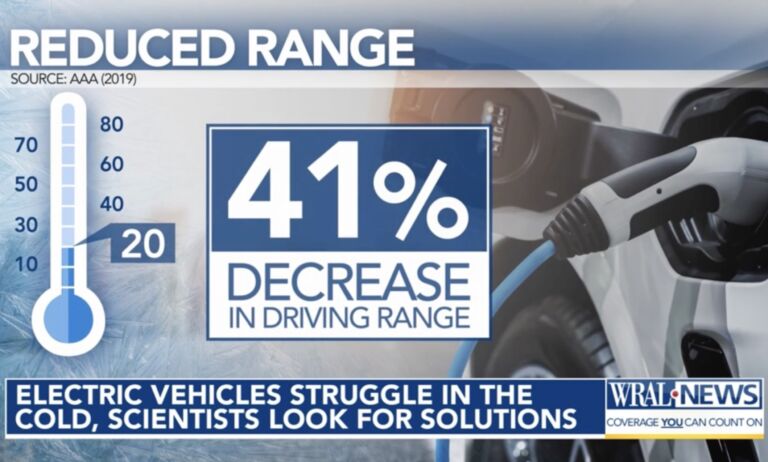Editors at National Review Online ponder a recent high-profile bank failure.
The failure of Silicon Valley Bank should not have been a surprise to financial executives and bank regulators. They should have seen it coming, and the fact that they didn’t raises significant concerns about the post-2008 regulatory apparatus that was supposed to prevent this kind of thing.
SVB’s failure was not due to fraud or deception, or at least no evidence we have so far suggests as much. The bank wasn’t trying to pull a fast one on depositors or lie to inspectors. It made poor decisions that culminated in a bank run.
In a time when corporate monikers are frequently mystifying, Silicon Valley Bank did roughly what you’d expect it to do: It was the bank for many tech start-ups. Those tech start-ups had lots of cash from venture capitalists that they needed to deposit somewhere. SVB was not only their go-to, but often where their financiers expected them to bank.
Banks typically make money by lending out deposits at interest, but tech start-ups don’t borrow a lot of money from commercial banks, which was one reason why SVB had done well out of that market niche. But it was a niche on which it had become unhealthily dependent.
When money poured into start-ups during a venture-capital boom that owed not a little to the Fed’s interest-rate policy, that left the bank with a lot of money on deposit. So it bought tons of long-term Treasuries and mortgage-backed securities — extremely safe, government-backed assets. It relied on these assets far more than other banks did. But as interest rates increase, the market value of those long-term assets declines. This meant that while in theory it was adequately capitalized, it was, in reality, highly vulnerable to rising rates. That meant that even though the face value of SVB’s assets was roughly enough to pay back depositors, the market value was insufficient if it had to do so all at once.


